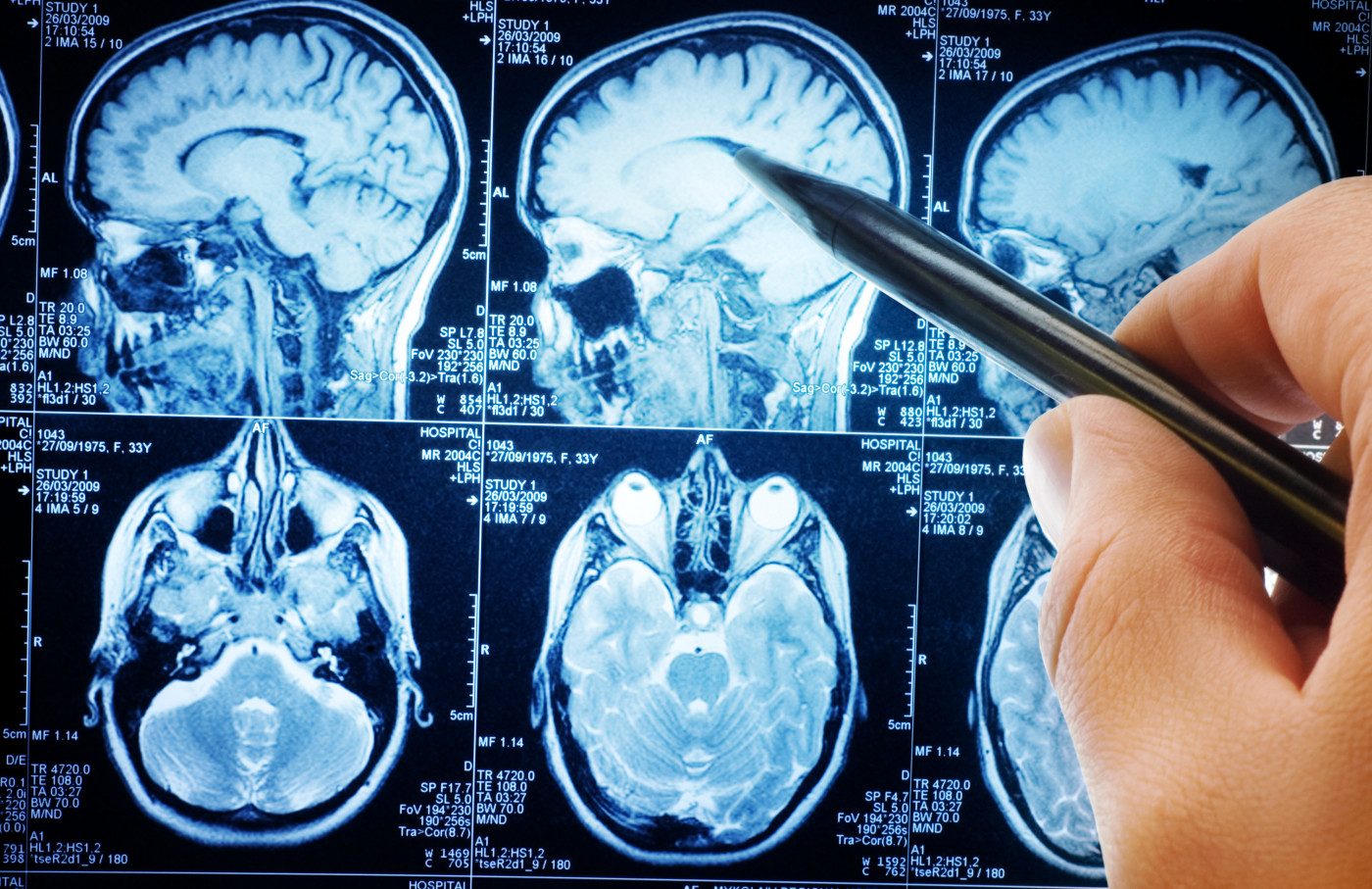Differences Found in Brain Connectivity in RRMS Patients During Visual Task
Written by |

Connectivity between parts of the brain related to vision and attention is altered in people with relapsing-remitting multiple sclerosis (RRMS), both during rest and while actively engaged in a task, a new study indicates.
The study, “Altered brain network function during attention-modulated visual processing in multiple sclerosis,” was published in the Multiple Sclerosis Journal.
The brain is a complex organ containing many interconnected regions, all communicating with each other using electrical and chemical signals. Proper connections between different brain regions are necessary for the brain to function, but in neurological diseases like MS such connections may be impaired.
Previous research in MS has shown some differences in brain connectivity in parts of the brain related to attention. However, these previous studies have largely focused on participants whose brains were at rest.
“Although these studies established a pattern of altered activity in attention-related brain regions, they did not investigate how these regions interact during a task,” the researchers wrote. “Our aim was to characterise connectivity differences within and between attention-related networks during a visual attention task between healthy participants and RRMS patients.”
The research team in Hungary recruited 23 people with RRMS and 29 healthy individuals to serve as the control group. The MS patients all were in stable condition, meaning they had not experienced a relapse for at least six months prior to the study.
While undergoing functional magnetic resonance imaging (fMRI) to assess their brain connectivity, participants completed an attention task that involved watching brief clips of dots moving and having to recall specific differences (i.e., color, direction of movement) between different clips. This kind of task, called a kinematogram, is used to assess how the brain’s centers related to attention and vision react to a simple stimulus.
Analyses of the resultant brain images revealed significant differences in brain region connectivity during the task between participants with or without MS. For example, there was decreased connectivity among parts of the dorsal attention network — a series of brain regions involved in regulating attention — in MS patients.
Healthy controls also exhibited better scores of visual/attention-related and executive components compared to MS patients.
“Although studies previously described alterations in the functional connectivity of attention networks during rest, our results show that these connections remain dysfunctional in the face of task demands as well,” the researchers wrote.
Of note, among MS participants, there was a statistically significant association between connectivity in attention-related areas and scores on the Symbol Digit Modalities Test (SDMT), an assessment of processing speed and cognitive function.
This finding “complements previous descriptions of attention deficits in MS being related to processing speed,” the researchers wrote.
Overall, the results show an “altered connectivity within and between task-related networks during a visual attention task in RRMS patients that correlates with cognitive disability,” the researchers wrote.
These data add “to the growing body of research that shows reorganisation of brain networks in multiple sclerosis during rest and task performance,” the team added, noting that a better understanding of how the brain gets reorganized in MS could ultimately help improve care.
“Seeing as maladaptive changes in brain function appear early, future work should aim to establish a timeline of functional changes during the disease course, which could help develop improved rehabilitation strategies that take dysfunctional network adaptation into account,” the researchers suggested.





